As the USNI sale is upon us, it is time, as usual, for me to make my recommendations for what you should pick up if you want to build up your naval library. The big news this year comes in the prestige warship design books, as they're republishing all of the major volumes of Friedman's Illustrated Design History series in hardback (excluding Amphibious Ships and Small Craft, because who cares about those). All are excellent, and I'd recommend picking up any that look remotely interesting. The other notable arrival is the reprint of Stephen McLaughlin's Russian and Soviet Battleships. This book, which has been out of print for years, was the source for my series on the subject, and it's a gem. McLaughlin takes a close look at a warship tradition very different from the Anglo-American one most of us are familiar with, and it's enlightening to look at the different tradeoffs that were possible in this era.
Nor are those the only books worth picking up. If you're interested in what's going on at sea today, I'd recommend the 2022 Seaforth World Naval Review, along with any earlier volumes they still have in stock. (As of Thursday night, the link appears to be dead, but USNI has never had the most stable IT, so it might come back up.) While the price is up, the bundle of 14 volumes of Morison's History of US Naval Operations in WWII is still a good deal on one of the best series of narrative naval history ever. Other good choices are Freidman's World Naval Weapon Systems and Network-Centric Warfare, DK Brown's Before the Ironclad, Warship Builders, about the USN's construction program in WWII, and Brian Lavery's superb Nelson's Navy. But there's a lot of stuff I haven't mentioned, and I'd strongly encourage you to take a look through the catalog to see if anything catches your eye.
Also, this is the one time a year when I mention that Naval Gazing takes donations through PayPal, if anyone wants to donate and doesn't think I have enough books already. I have a good job and really don't need the money, but the option is open and all proceeds will go to expanding the library.
2017 overhauls are Iowa parts two, three and four, Fire Control Part 2, Ballistics, US Battleships in WWII and the Battleships of Pearl Harbor Part 1. 2018 overhauls are Russian Battleships Part 4, Operations Research in the Atlantic, the 45th Infantry Division Museum, Museum Ships Europe and Rest of World and Armistice. 2019 overhauls are Early Guided Weapons Parts one and two and Natick Labs. 2020 overhauls are Ship Resistance and Speed, Coastal Defenses Part 6 and the Alaska class parts one and two.

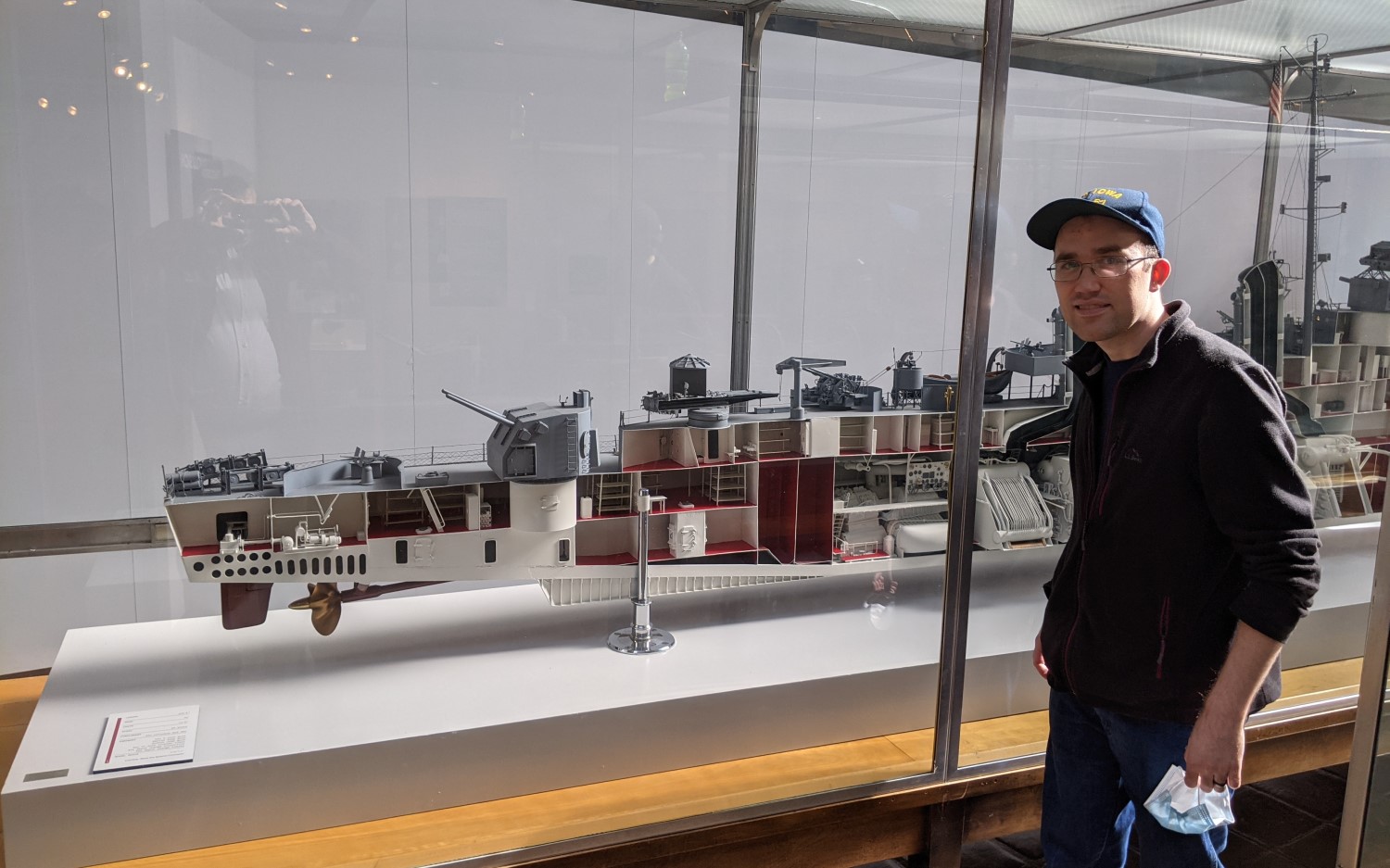
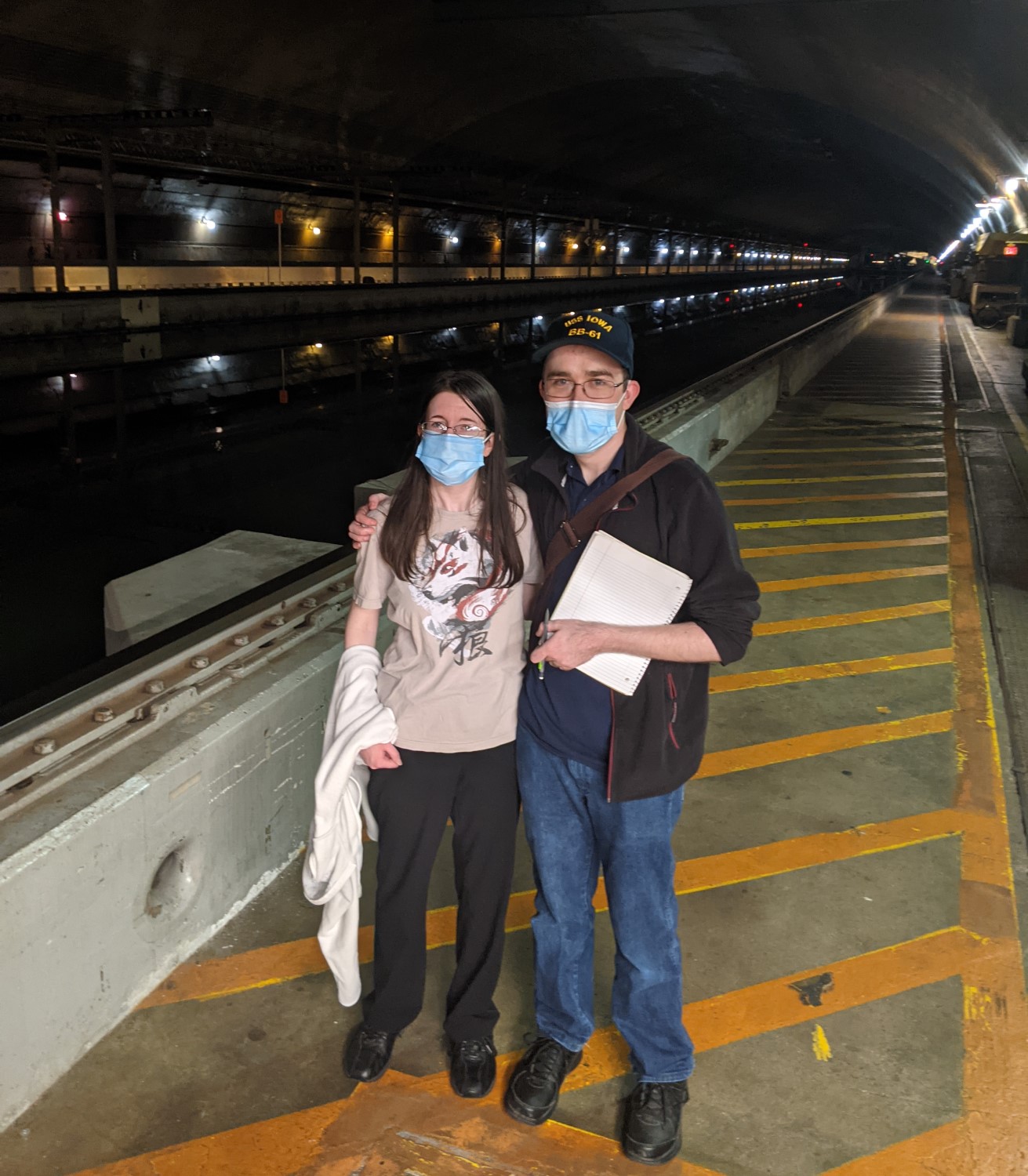
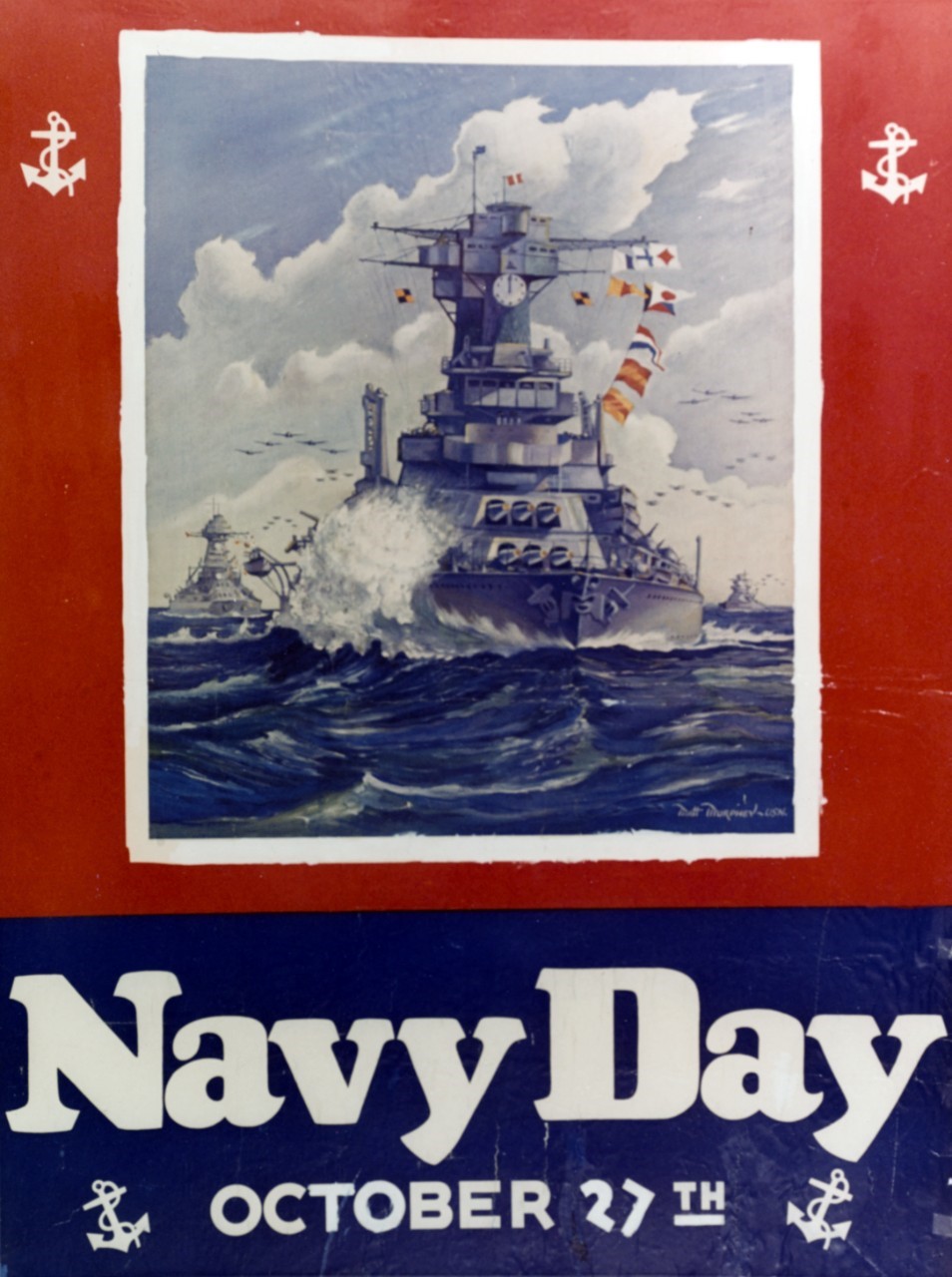
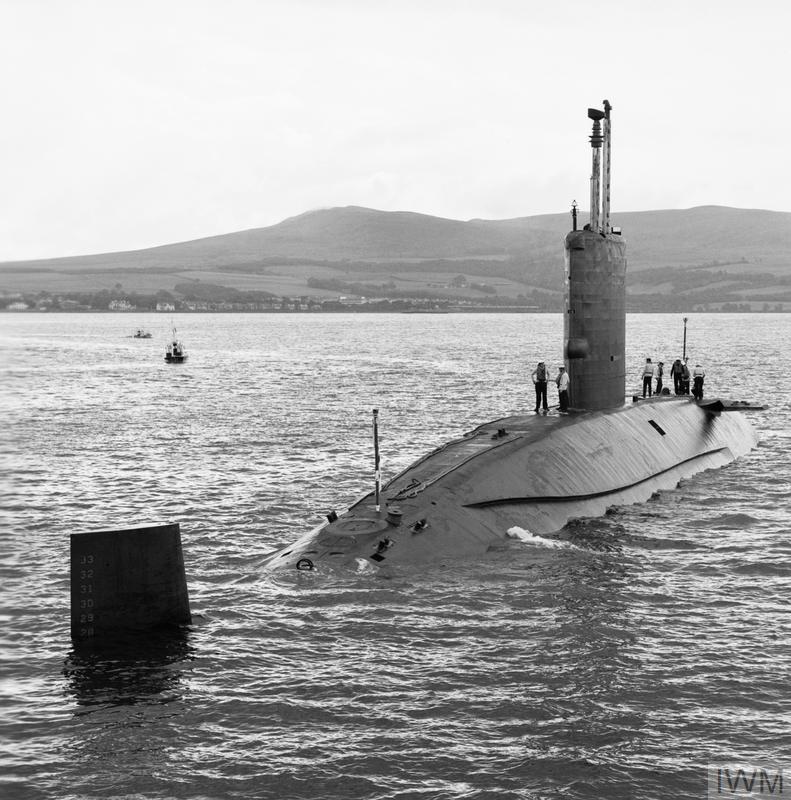
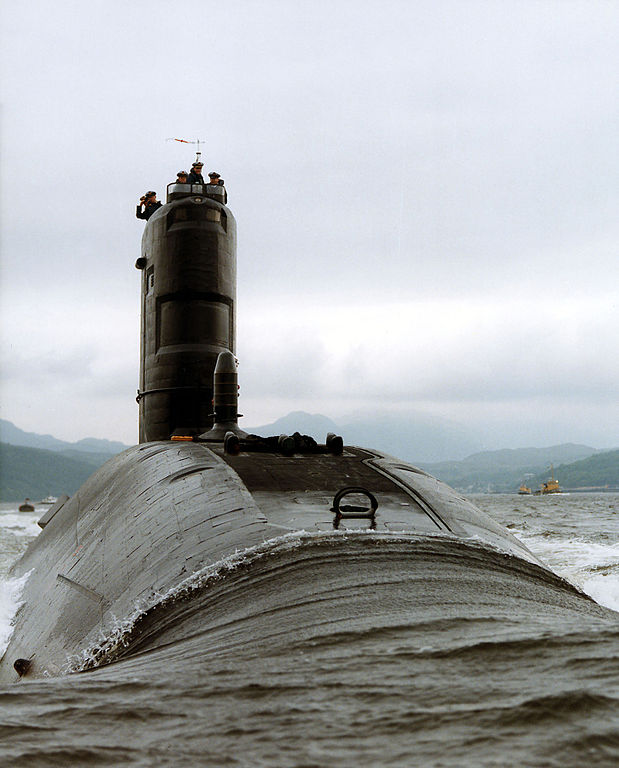
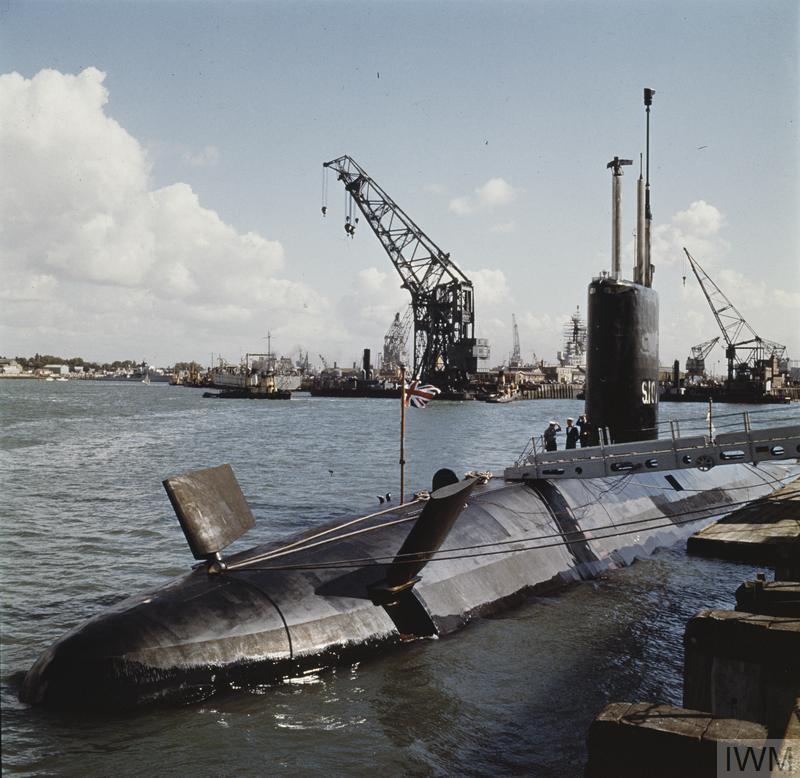
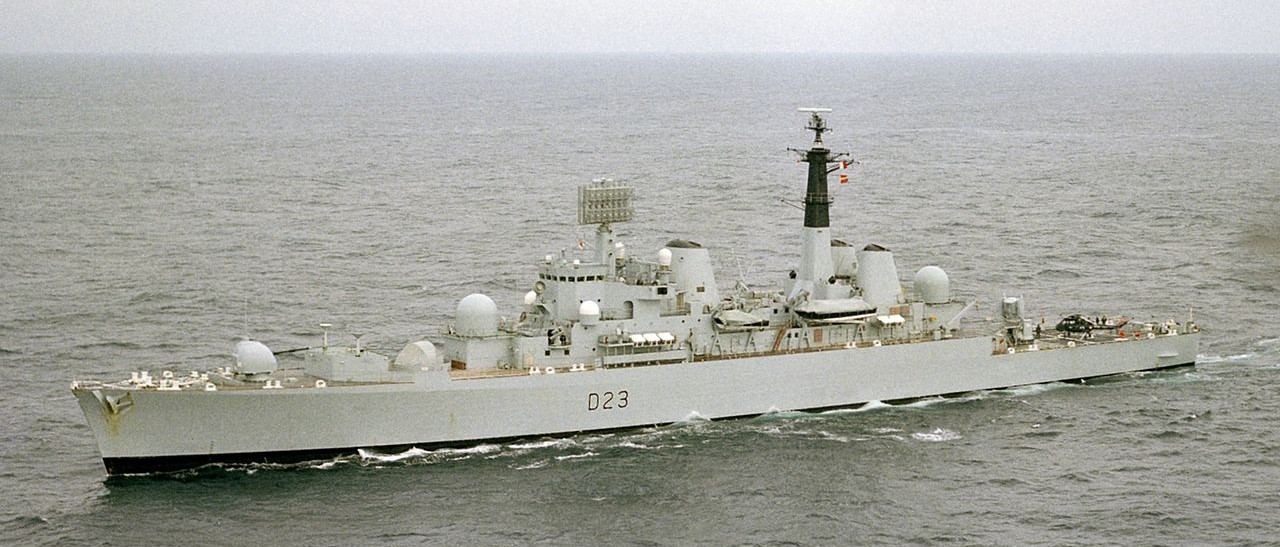
Recent Comments